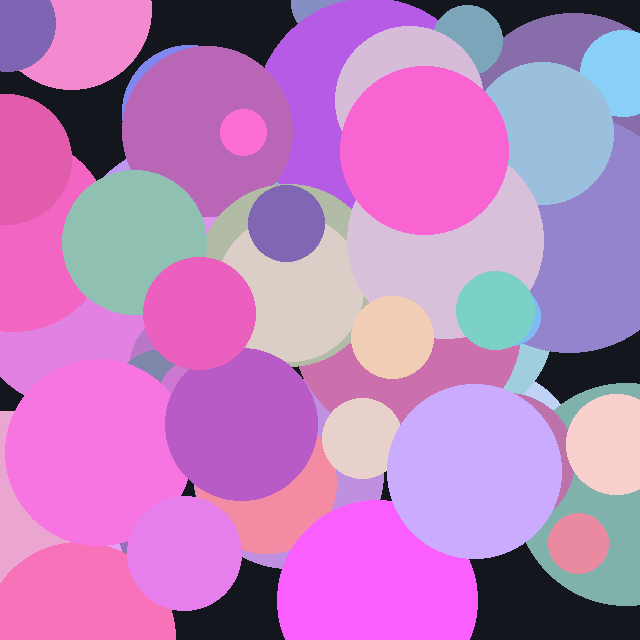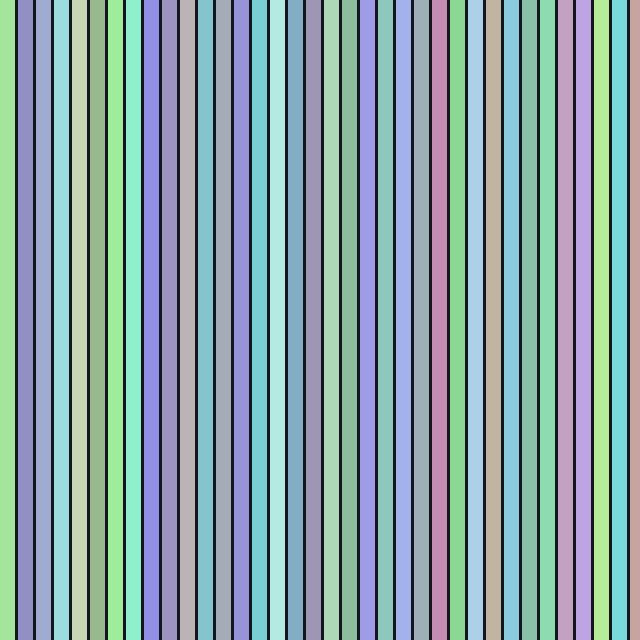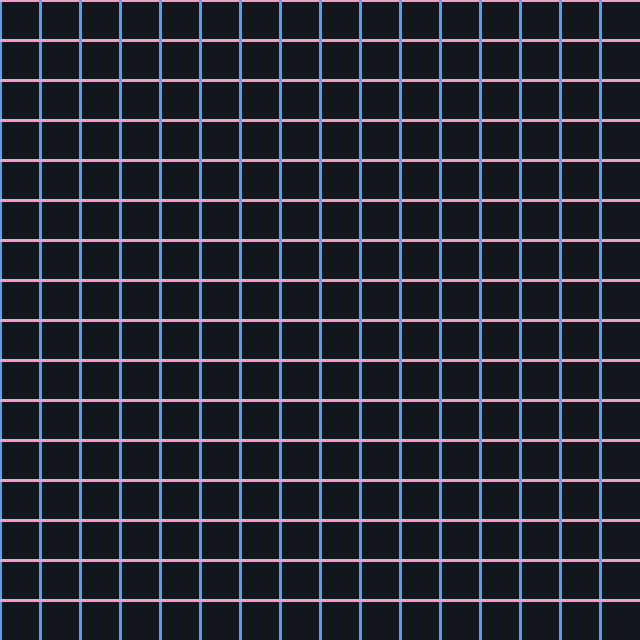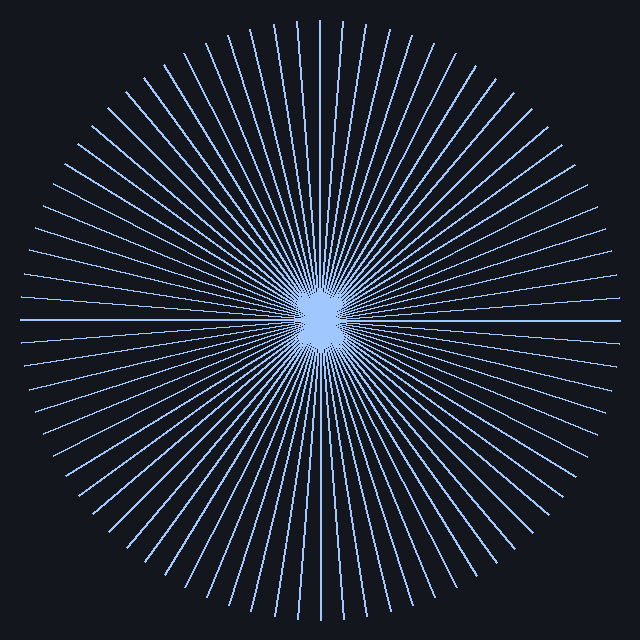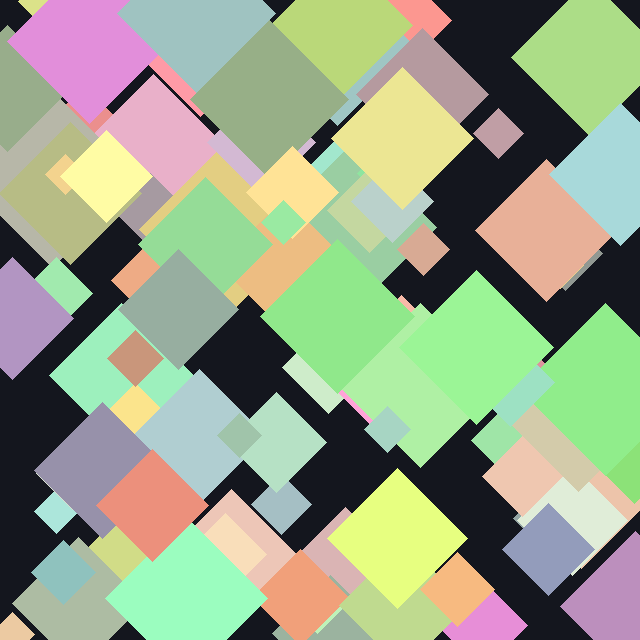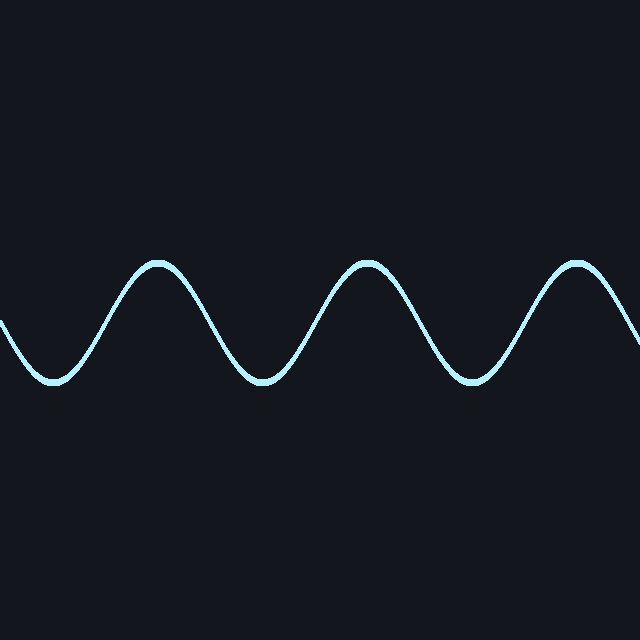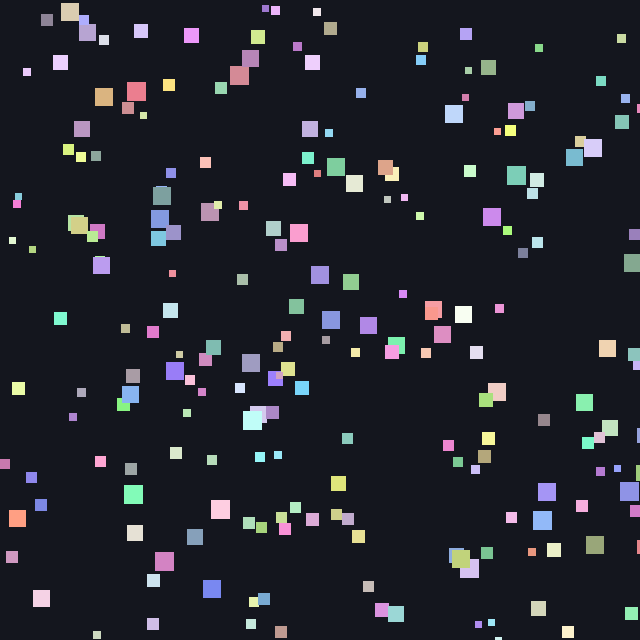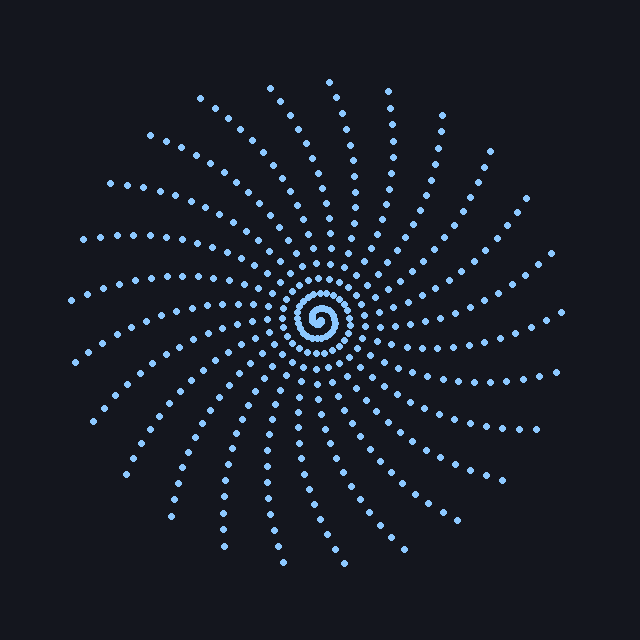Make Symmetry Visible
Turn any picture into a living kaleidoscope.
Change wedges, mirror, and speed — then export a PNG snapshot.
Kaleidoscope
Invented by Sir David Brewster (1816–1817), the kaleidoscope uses two mirrors placed at an angle to create beautiful, repeating designs from simple pieces (beads, glass, or anything you point it at).
Why it looks magical
The mirrors bounce light back and forth. You don’t just see the object—you see copies of it rotated around a circle.
Types
- Kaleidoscope: mirrors + colored pieces.
- Teleidoscope: mirrors + the real world (no pieces).
- Liquid cell: pieces float and flow.
Fun fact
The word comes from Greek: kalos (beautiful) + eidos (form) + skopein (to look).
Interactive Playground
Tip: try 6, 8, 12, or 24 wedges — the wedge angle is 360°/n.
The Math
Angles & copies
With n wedges, the wedge angle is θ = 360° / n. In a two-mirror scope, the mirror angle α is usually the same size: α = 360° / n. That makes n copies around the circle.
Why some wedges flip
Every other wedge is a mirror image. That gives the classic “zig-zag” feel—this is rotational + reflection symmetry (called dihedral symmetry).
Quick examples
- n = 6 → θ = 60° → snowflake style
- n = 8 → θ = 45° → octagon feel
- n = 12 → θ = 30° → classic look
- n = 24 → θ = 15° → highly detailed
Math helper
Tip: If you pick a mirror angle α that doesn't divide 360 evenly, you’ll still get repeats, but the edges won’t meet exactly. Choosing α = 360/n makes a perfect fit.
Design tips
- More wedges (bigger n) = finer details; fewer wedges = bold shapes.
- High-contrast images make the pattern pop.
- Turn off “mirror” to see pure rotation; turn it on to get the classic zig-zag.
Gallery
Click a thumbnail to load it into the Playground.
